São Tomé Diogo Vaz Organic
Price
Prices upon request
Product description
After the Portuguese introduced cacao to Principe, the small island became the gateway of cacao to Africa. From there cacao was brought to its sister island of São Tomé and later on into mainland West Africa. The bittersweet history of cacao on both islands was reflected in the neglect of plantations and crops for many decades. Nowadays, it has regained strength and has become an important source of income for many smallholder farmers who are proud of their contribution to the country’s production.
| Net weight | 69 kg |
|---|---|
| Weight | N/A |
| Continent | Africa |
| Country | São Tomé |
| Region | Mestre António |
| Packaging | 500gr Sample, 50kg Bags |
| Cocoa type | Collected |
| Flavour Profile | Cacao, Fresh Fruit, Nutty |
| Certification | Organic |
Region and Country
Island of São Tomé, São Tomé & PrincipeStory
Cacao suffered a long period of decline after the independence of São Tomé from Portugal. The old roças - cacao plantations - were left in a state of quiet and gradual decay. For many, the crumbling buildings were painful reminders of a sad colonial past when the buoyant cacao production was based on slave labor. However, the cacao legacy of the island remained in the thousands of trees still growing in backyards and government owned land. Since the 90's and early 00's, the cacao sector in São Tomé started experiencing a comeback. Local and foreign investment, with the support of the São Tomean government, focused its efforts on revitalzing the sector. By joining the local know how of farmers with improved management systems and modern tools, São Tomé strives to improve yields, quality and the livelihoods of its producers. This cacao comes from organic certified plantations on the island run by local cacao and chocolate producer Diogo Vaz. Want to learn more about their cacaos and chocolate? Check out their webpage here. Most of the cacao grown on the island is organic by default but not all farmers have the means to receive an organic certification.Harvest
March - May (main harvest) - February (mid-crop)Genetics
A blend of Amelonado and TrinitarioPost Harvesting Process
The wet mass is placed on banana leaves on the ground and covered by leaves. Drying takes place on wooden tables in the sun.Flavour
Bright fruit acidity; notes of tropical and red fruit, wine, smoked bell peppers, wood and spice.Suggested alternatives:
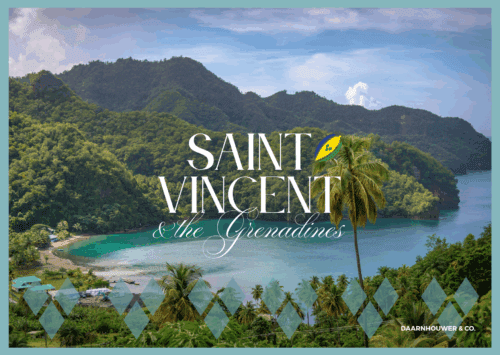
Saint Vincent & the Grenadines
Prices upon request
Select options
This product has multiple variants. The options may be chosen on the product page
Details
Quick View

Papua New Guinea
Prices upon request
Select options
This product has multiple variants. The options may be chosen on the product page
Details
Quick View

Jamaica First Grade Sun Dried
Prices upon request
Select options
This product has multiple variants. The options may be chosen on the product page
Details
Quick View

Guatemala FEDECOVERA Cahabón Organic
Prices upon request
Select options
This product has multiple variants. The options may be chosen on the product page
Details
Quick View
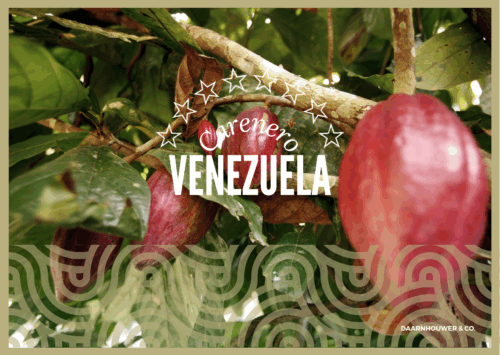
Venezuela Carenero Superior
Prices upon request
Select options
This product has multiple variants. The options may be chosen on the product page
Details
Quick View

India Go Ground Organic
Prices upon request
Select options
This product has multiple variants. The options may be chosen on the product page
Details
Quick View
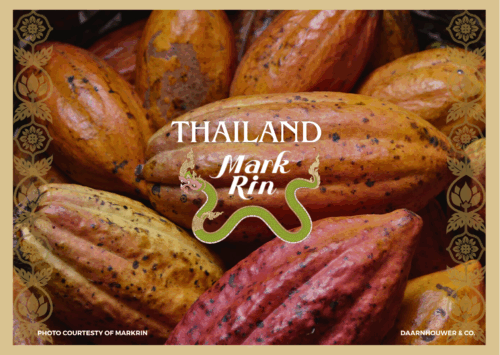
Thailand Markrin
Prices upon request
Select options
This product has multiple variants. The options may be chosen on the product page
Details
Quick View

Madagascar Sambirano No 1
Prices upon request
Select options
This product has multiple variants. The options may be chosen on the product page
Details
Quick View
Coming soon*

Madagascar Mava Préparation Organic
Prices upon request
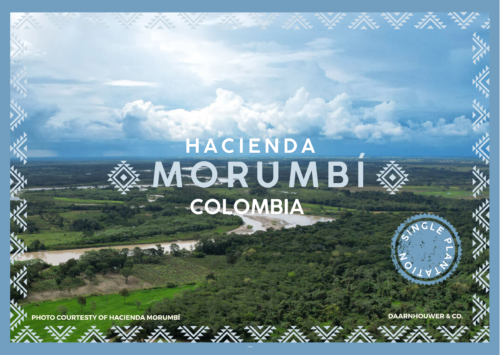
Colombia Hacienda Morumbí
Prices upon request
Select options
This product has multiple variants. The options may be chosen on the product page
Details
Quick View
Coming soon*

Mexico Finca La Rioja Porcelana Blanca
Prices upon request

Costa Rica Finca Tres Equis
Prices upon request
Select options
This product has multiple variants. The options may be chosen on the product page
Details
Quick View
Coming soon*

Madagascar Mava Maliolio Organic
Prices upon request

Peru Tamshiyacu
Prices upon request
Select options
This product has multiple variants. The options may be chosen on the product page
Details
Quick View
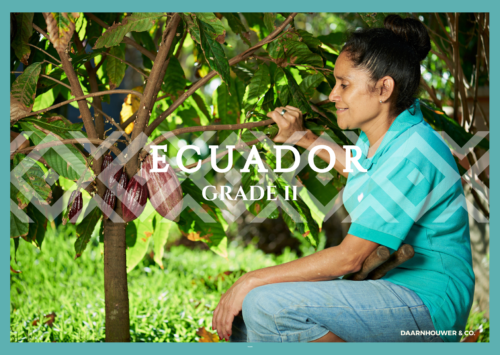
Ecuador Biocacao Grade II
Prices upon request
Select options
This product has multiple variants. The options may be chosen on the product page
Details
Quick View
Coming soon*

Madagascar Mava Ottange Organic
Prices upon request
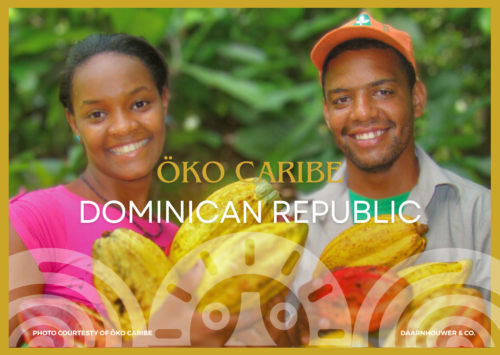
Dom. Republic Öko Caribe Conventional
Prices upon request
Select options
This product has multiple variants. The options may be chosen on the product page
Details
Quick View

Ghana Conventional
Prices upon request
Select options
This product has multiple variants. The options may be chosen on the product page
Details
Quick View

Ghana Kuapa Kokoo Fairtrade
Prices upon request
Select options
This product has multiple variants. The options may be chosen on the product page
Details
Quick View

São Tomé CECAQ 11 Organic + Fair Trade Certified
Prices upon request
Select options
This product has multiple variants. The options may be chosen on the product page
Details
Quick View


